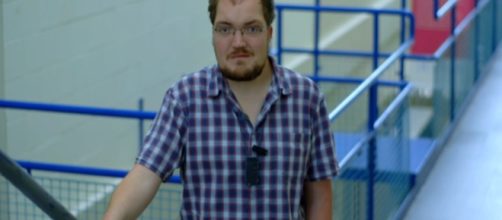If you have not yet read the first part of this article, you can see it here. Dr. Alastair Henry is a structural biologist who is part of a team that investigates osteoporosis. In patients with sclerosteosis, like Tim, "the architecture, the three-dimensional structure of the Bones is normal, but much denser," explains Dr. Henry.
Your team tries to understand what makes people like Tim develop bones so strong. After examining genes that are to control bone growth they discovered an error in a particular gene called SOST.
The protein that knows when to stop
This gene causes a protein called sclerostin to be made, which is to tell the bone when it should stop growing. In Tim's body this protein does not work.
"Patients with sclerosteosis, who have a mutation in the SOST gene, never produce sclerostin," Henry explains. Without this protein, Tim's body does not know when it should stop creating bone, so it continues to generate it.
An idea and a trip to space
This particularity was what gave Dr. Henry and his team an idea for a new way treat osteoporosis. "When we identified that sclerostin is the protein that controls bone density, what we wanted to do is neutralize its effect," said Henry, "if we did that we would stop slowing down the process of building more bone."
With this principle, his team worked for several years in the development of a new treatment to treat osteoporosis.
In addition, when it came time to test it, the doctors presented a unique opportunity.
In 2010, Atlantis took off with four astronauts on board.
Astronauts can lose up to 30% of their bone density during a stay in the space of six months. Moreover, NASA was interested in exploring how to stop that loss, so they agreed to take on board a few additional passengers: 12 mice.
Half received a version of the new treatment and after 13 days, the density of their bones had increased. While the bones of the other six mice had weakened, so the treatment worked with the rodents. Human clinical trials are now under way. Tim has more answers about his illness and the millions of people suffering from osteoporosis may have hope in this new treatment.
"It's truly incredible and for me it's fantastic news. This makes everything we've been through, all the operations, everything my parents suffered, it's been worth it," says Tim.

